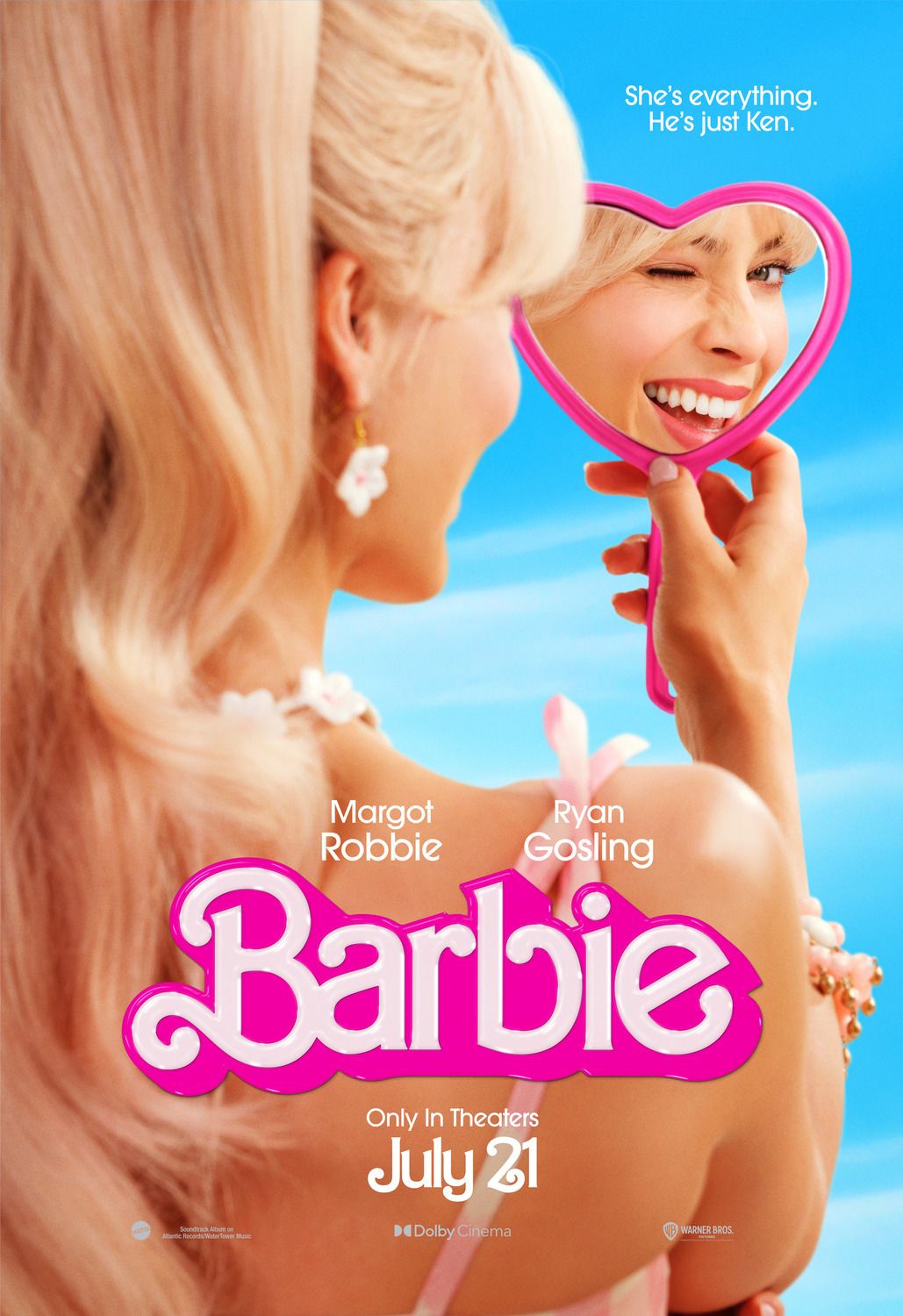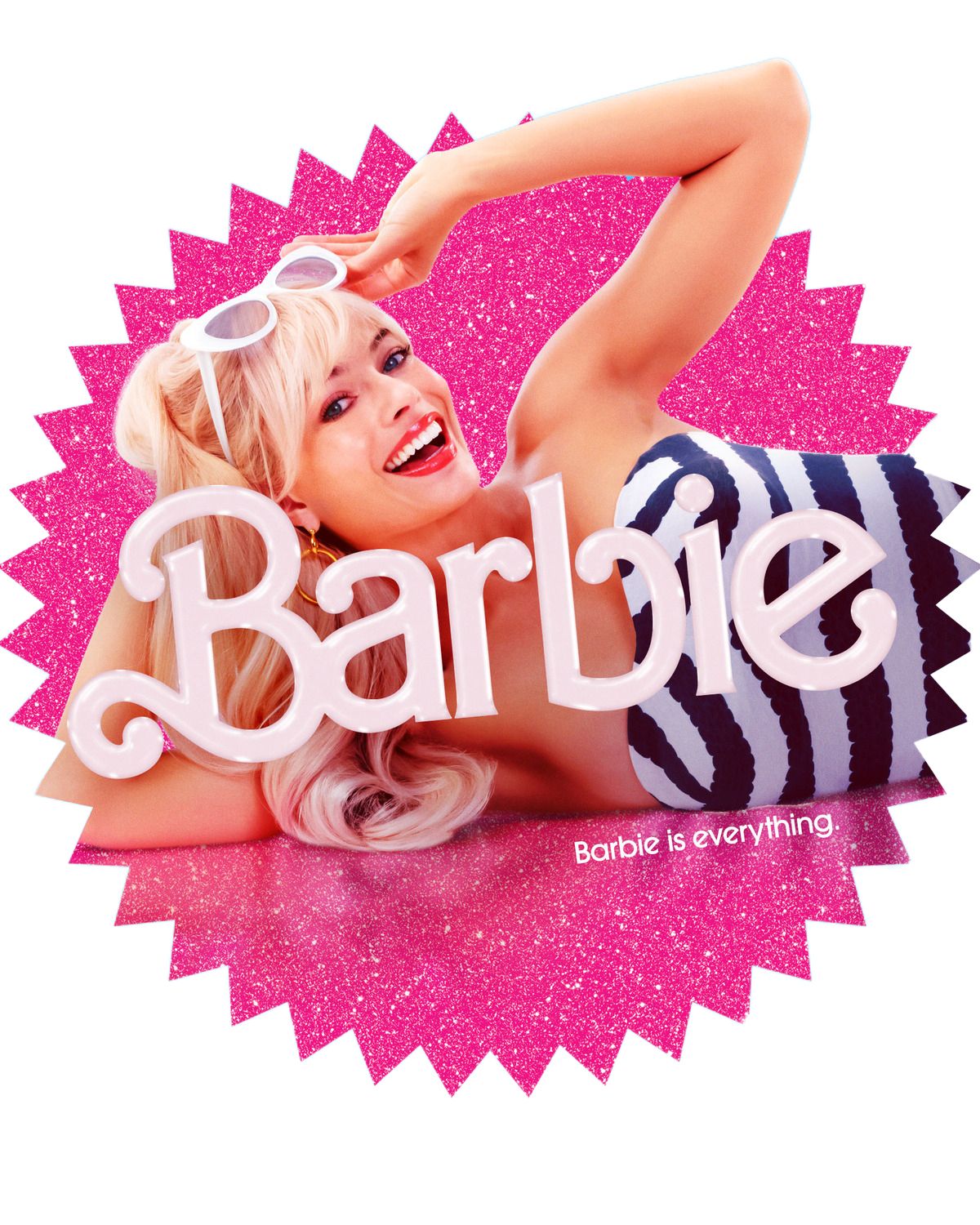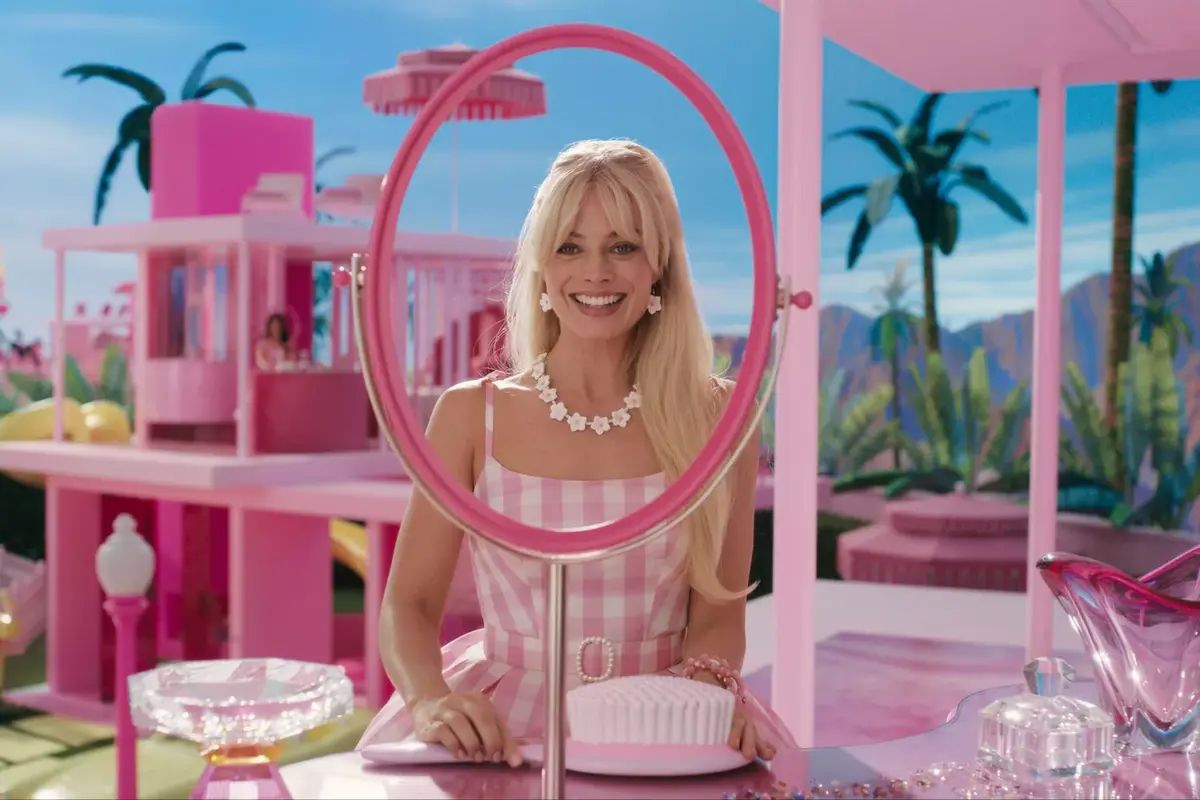I was not going to watch the Barbie movie because I thought it would be a capitalistic ploy by Mattel to spike sales and create a bunch of new merchandise around it (like so many movies do these days). In the end, the cast of actors, the strong desire to keep up with pop culture, and pure curiosity got to me, and I watched the Barbie movie.
**Please do not read on if you want to see this movie. I will be spoiling some of it for you in this review. Also, If you love the patriarchy, this movie is not for you.
The movie was far from the stereotypical preconception I went in with — not in its story arch, character development, theme, wit, or dialogue (even though Margot Robbie’s character is literally referred to as “Stereotypical Barbie”). I’m glad I didn’t let my cynicism prevent me from watching it. The character Sasha hit all of my cynical sentiments early on, which allowed me to sublimate my negative perspective on how Barbie perpetuates unreal beauty standards. When Sasha first encounters Barbie in the real world, she lets the verbal daggers fly:
“You’re Barbie? So, a professional bimbo? You’ve been making women feel bad about themselves since you were invented. You represent everything wrong with our culture. Sexualised capitalism. Unrealistic physical ideals. You set the feminist movement back 50 years. You destroy girls' innate sense of self worth, and you’re killing the planet with your glorification of rampant consumerism…”
My thoughts exactly!
The movie presents two parallel worlds: Barbieland and our world (the real world). Barbieland and everything in it is a sugary feast for the eyes. There’s A LOT of pink and it’s so very femme. Dedication to set details mimic the actual toy accessories that Mattel made — the Barbie Dream House with pool, Barbie’s convertible, the California beach — that are precise, bright, and worthy of appreciation. They even passed on using CGI, which gave this movie Wes Andersen-like vibes. Like the set, the colorful and dazzling costume design is something this child of the ‘80s could not get enough of.
And, that is just the superficial stuff. The themes this movie digs into — patriarchy, feminism, power — are pretty hefty for being a Barbie movie.

So, back to the plot. The Barbies live under the false perspective that since their invention, they have brought inclusivity and equalization to the real world and their purpose has been fulfilled. Nobel Prize Barbie, Doctor Barbie, President Barbie, and all the other examples of what was outside of womens’ reach when Barbie was first created is what convinces the Barbies that they have made the real world a better place for real girls. That is why the Barbies live a blissful life in Barbieland with the Kens.
Barbieland is inclusive of all females, and the Barbies rule all things. The President of Barbieland is Black, played by Isa Rae. She lives in the pink house. All of the supreme court justices are Barbies. And, every single day is girls’ night, where the Barbies have sleepovers, dance, and watch movies. The Kens don’t enjoy Barbieland to the same extent as the Barbies. They are the arm candy for Barbie and are only good at “beach.” This gender role reversal of the Kens’ purpose is such poetic justice for me. I hope other women also find it so satisfying. To drive home the point, “Ken only has a good day if Barbie looks at him.” Kudos to the writers on that line.
In the parallel real world, Gloria (America Ferrara) is a grown adult woman, playing with her Barbie (Margot Robbie). But, as many women can relate to, she is thinking of things like cellulite and death. Somehow this transference happens across space and time, affecting Stereotypical Barbie in Barbieland. She wakes up one morning to a less than Barbie-perfect world, with bad breath, sour milk in the fridge, and her feet are flat. Gag reflex! She begins to have thoughts of cellulite and death just like her owner.
Stereotypical Barbie’s existential crisis prompts her to seek resolution to this conflict by going to the real world, and Ken accompanies her. The way Ken blossoms in the patriarchy of the real world is hysterical and simultaneously disturbing (because Ryan Gosling owns his insecure male fragility character so well). But, it also brings into juxtaposition what women live with daily through the dialogue that Ken and Barbie have with each other and people in the real world.
In the real world, there is a story thread of Will Ferrell as the CEO of Mattel that I felt was extra and unnecessary. I like Will Ferrell’s work, but the most meaningful, symbolic line he contributed to the movie’s message was: “Get in the box, Barbie!” This thread distracted from what was already being achieved through Stereotypical Barbie’s relationship with her peer Barbies, Ken, and her owner. The movie aims to do so much with its dialogue and message, and it accomplishes most of that. The imbalance of power in the real world exists, and we get to view the satirical inverse of that imbalance in Barbieland while also coping with our (women’s) reality through humor. I liked this movie enough to see it twice.

Zahra Roach currently works as the Executive Director of the Children’s Developmental Center. She is also a Pasco City Councilmember. Zahra is a proud graduate of Washington State University Tri-Cities and went on to receive her Masters in Teaching at Simmons University.
Roach worked first as a Para-Professional in the Pasco School District before becoming a teacher. She has worked in Special Education & Life Skills classrooms, New Horizons High School, and Pasco High School within Pasco School District for seven years before she and her husband began their own family. Zahra is mother to three school-aged children and enjoys her downtime with them.
^Images from Warner Bros. Pictures^


